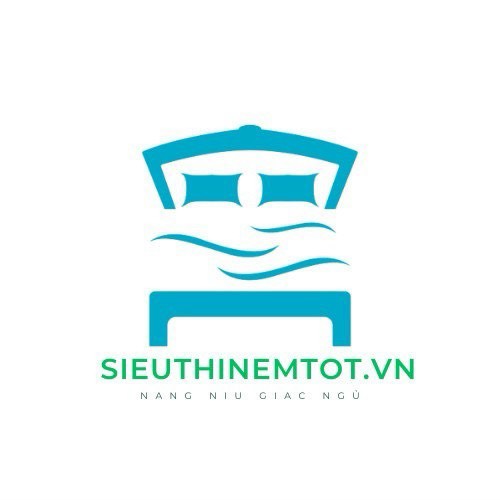Bookkeeping
Expenses in Accounting Definition, Types, and Examples
The depreciable base of a tangible asset is reduced by the salvage value. The amortization base of an intangible asset is not reduced by the salvage value. It displays the portion of each payment that goes towards interest and the portion that goes towards reducing the principal balance.
What Is Negative Amortization?
- If an intangible asset has an unlimited life, then it is still subject to a periodic impairment test, which may result in a reduction of its book value.
- Like amortization, you can write off an expense over a longer time period to reduce your taxable income.
- Where it differs is that it refers to the gradual exhaustion of natural resource reserves, as opposed to the wearing out of depreciable assets or the aging life of intangibles.
- Hence, expenses are those income statement accounts that are debited to an account, while a corresponding credit is booked to a contra asset or liability account.
- Many intangibles are amortized under Section 197 of the Internal Revenue Code.
What needs to be noted here is that expenses like the purchase of land and equipment are not taken as simple expenses in accounting but rather as capital expenditures. This hence means that these assets are expended throughout their useful life through depreciation and http://gamedom.ru/ergonomichnyy.html amortization. However, when considering expenses for the double-entry bookkeeping system, expenses are just one of the five-main groups where all your financial transactions are recorded. The other four categories are revenue, owner’s equity, assets, and liabilities.
Amortization of Intangible Assets
This method, also known as the reducing balance method, applies an amortization rate on the remaining book value to calculate the declining value of expenses. In other words, amortization is recorded as a contra asset account and not an asset. This method is a type of amortization calculation by allocating the total cost amount is the same and constant every year until the end of the predetermined useful life. For example, if you have purchased an asset at an amount that is less than the capitalization limit of your business, then it is to be recorded as an expense in one go. However, if the purchase amount of your asset is higher than your business’s capitalization limit, then it has to be recorded as an asset and charged to expense later on when the asset is being used.
Managing amortization of assets
It’s always good to know how much interest you pay over the lifetime of the loan. Your additional payments will reduce outstanding capital and will also reduce the future interest amount. Therefore, only a small additional slice of the amount paid can have such an enormous difference.
Accrual accounting permits companies to recognize capital expenses in periods that reflect the use of the related capital asset. In other words, it lets firms match expenses to the revenues they helped produce. A good way to think of this is to consider amortization to be the cost of an asset as it is consumed http://tobiz.ru/n/xbc.html or used up while generating sales for a company. Along with the useful life, major inputs into the amortization process include residual value and the allocation method, the last of which can be on a straight-line basis. Many intangibles are amortized under Section 197 of the Internal Revenue Code.
Expenses in accounting are incurred for earning revenue either immediately or in the near future- depending on the type of expenses you have incurred and the type of business that you own. They are those expenses that will not change over a period of time and are paid for as agreed in an https://norway-live.ru/library/chetire-norvezhskih-konunga-na-rusi33.html agreement between the concerned parties. Even if fixed expenses do change, it would be only by a small margin. Also, fixed expenses are not dependent on the number of units you produce or sell. Financial expenses are incurred when your company borrows money from creditors and lenders.
- Get up and running with free payroll setup, and enjoy free expert support.
- The historical cost of fixed assets remains on a company’s books; however, the company also reports this contra asset amount as a net reduced book value amount.
- Then subtract the interest from the payment value to get the principal.
- A rule of thumb on this is to amortize an asset over time if the benefits from it will be realized over a period of several years or longer.
- Deskera Books also comes with pre-configured tax codes, accounting rules, and charts of accounts.
Difference between Amortization and Depreciation
- And then, to easily manage the company’s assets and measure the value of depreciating assets, you can use the asset management system.
- Your additional payments will reduce outstanding capital and will also reduce the future interest amount.
- Since intangible assets are not easily liquidated, they usually cannot be used as collateral on a loan.
- When your business is following the cash method of accounting, your expenses will be recorded only when actual cash has been paid.
- However, the value of the purchased asset is not the same as when it was first purchased.
An amortization schedule is often used to calculate a series of loan payments consisting of both principal and interest in each payment, as in the case of a mortgage. As a loan is an intangible item, amortization is the reduction in the carrying value of the balance. The amount to be amortized is its recorded cost, less any residual value. However, since intangible assets are usually do not have any residual value, the full amount of the asset is typically amortized.
How Can Deskera Help You With Accounting of Your Expenses?
The percentage depletion method allows a business to assign a fixed percentage of depletion to the gross income received from extracting natural resources. The cost depletion method takes into account the basis of the property, the total recoverable reserves, and the number of units sold. Tangible assets can often use the modified accelerated cost recovery system (MACRS). Meanwhile, amortization often does not use this practice, and the same amount of expense is recognized whether the intangible asset is older or newer. Depreciation is the expensing of a fixed asset over its useful life.




